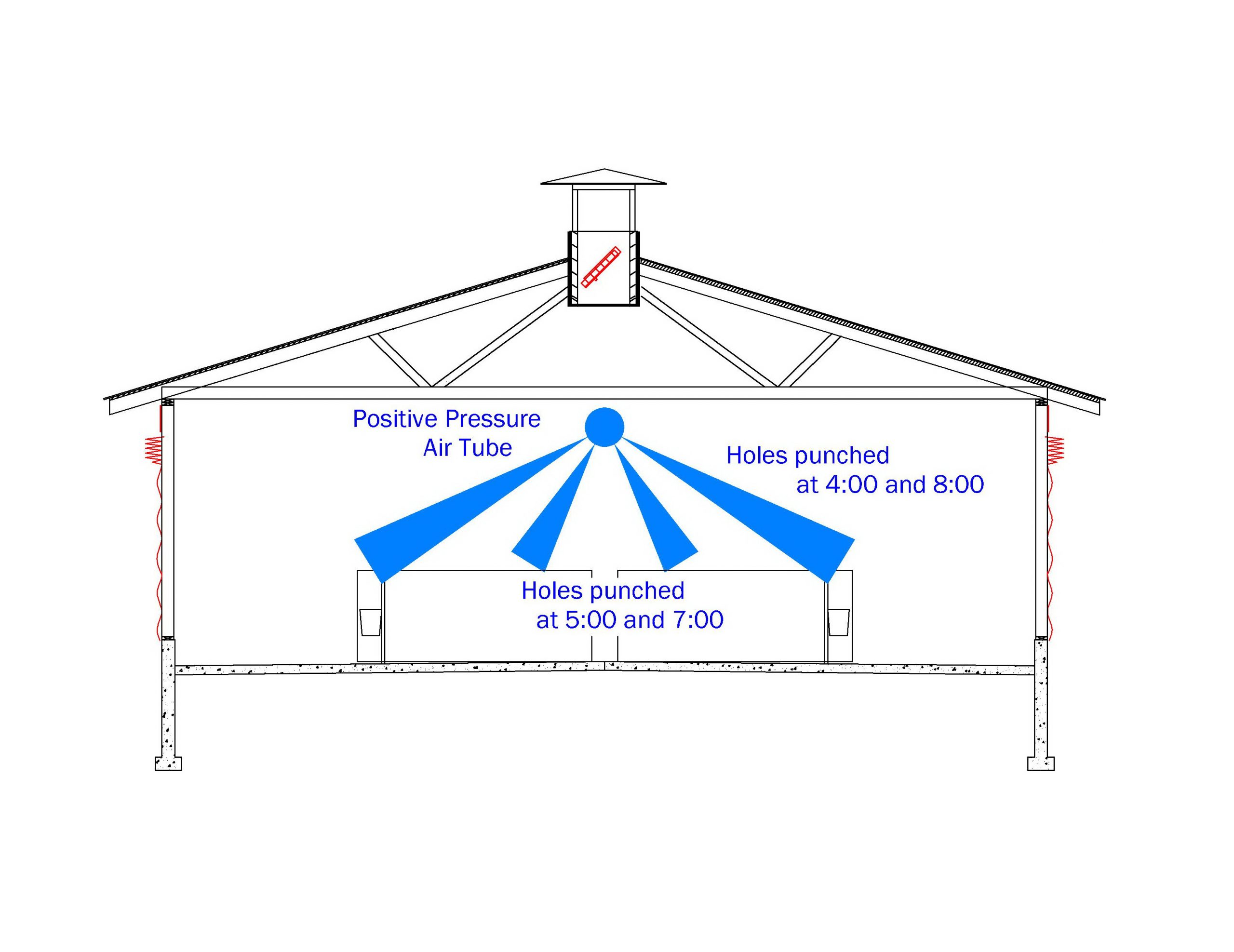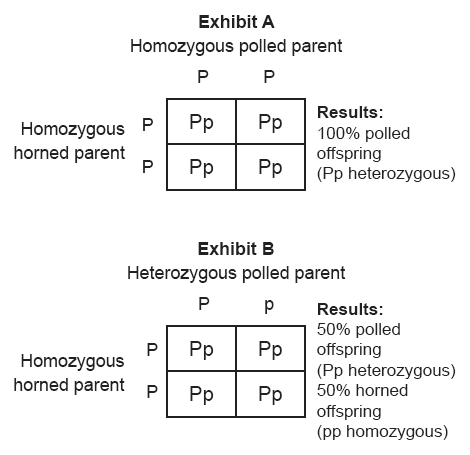Forage fiber is a crucial component of livestock diets, providing essential nutrients and facilitating proper digestion. However, the level of undegraded forage fiber in these diets has been a topic of debate among animal nutritionists and researchers. Undegraded forage fiber refers to the portion of fiber that remains intact in the digestive tract without being broken down by rumen microbes. In recent years, there has been growing interest in the potential benefits of lower undegraded forage fiber levels in livestock diets. This article explores the rationale behind this trend and evaluates its implications for animal health and performance.
The Role of Forage Fiber: Before delving into the debate over undegraded forage fiber levels, it is essential to understand the role of forage fiber in livestock nutrition. Forage fiber encompasses both structural carbohydrates, such as cellulose and hemicellulose, and nonstructural carbohydrates, including pectins and lignin. These fibers provide bulk to the diet, promoting rumen motility and stimulating saliva production. Furthermore, microbial fermentation of forage fiber produces volatile fatty acids (VFAs), which serve as a significant energy source for ruminants.
Undegraded Forage Fiber: While microbial fermentation is essential for breaking down complex carbohydrates in the rumen, not all fiber undergoes this process. Some portions of forage fiber remain undegraded and pass through the rumen to the lower digestive tract, where they contribute to fecal bulk and promote hindgut fermentation. However, high levels of undegraded fiber may reduce nutrient digestibility and hinder overall feed efficiency in livestock.
Benefits of Lower Undegraded Forage Fiber: Advocates for lower undegraded forage fiber levels argue that reducing the amount of indigestible fiber in livestock diets can enhance nutrient utilization and improve animal performance. By optimizing the balance between degradable and undegradable fiber, producers can maximize feed efficiency without compromising digestive health. Furthermore, lower undegraded fiber levels may lead to reduced fecal output and improved manure management on farms.
Considerations for Implementation: While reducing undegraded forage fiber levels holds promise for optimizing livestock diets, several factors must be considered when implementing this approach. Firstly, producers must carefully select forage sources with favorable fiber characteristics, such as high digestibility and low lignin content. Additionally, dietary formulations should be tailored to meet the specific nutritional requirements of different livestock species and production stages. Regular monitoring of animal performance and digestive health indicators is essential to ensure that adjustments can be made as needed.
In conclusion, the debate over undegraded forage fiber levels in livestock diets highlights the complex interplay between dietary components, digestive physiology, and animal performance. While lower undegraded fiber levels may offer potential benefits in terms of nutrient utilization and feed efficiency, careful consideration must be given to factors such as forage selection, dietary formulation, and monitoring protocols. Ultimately, a balanced approach that takes into account the unique needs of individual livestock operations is essential for optimizing animal health and productivity.






 Calf barns or rooms may be ventilated either naturally or mechanically, with natural ventilation mixed with a positive pressure ventilation tube (PPVT) system offering the best of both. The four basic purposes of ventilation calf barns or rooms are to remove moisture in cold weather, heat in hot weather, deliver fresh air consistently, and prevent drafts.
Calf barns or rooms may be ventilated either naturally or mechanically, with natural ventilation mixed with a positive pressure ventilation tube (PPVT) system offering the best of both. The four basic purposes of ventilation calf barns or rooms are to remove moisture in cold weather, heat in hot weather, deliver fresh air consistently, and prevent drafts. The polled gene in dairy cattle has been a subject of significant interest in the agricultural community, offering potential advantages for both farmers and the animals themselves. The term “polled” refers to the absence of horns in cattle, and this trait is controlled by a specific gene. In this article, we will explore how the polled gene works in dairy cattle and its implications for the dairy farming industry.
The polled gene in dairy cattle has been a subject of significant interest in the agricultural community, offering potential advantages for both farmers and the animals themselves. The term “polled” refers to the absence of horns in cattle, and this trait is controlled by a specific gene. In this article, we will explore how the polled gene works in dairy cattle and its implications for the dairy farming industry.



